Dressing a family for Swedish Winter
I am sharing my top tips for dressing adults and children properly in Swedish winter, including the favorite products we wear daily. Our family of five relocated from tropical Florida in the southern United States to Northern Sweden several years ago, and we were not prepared for everything we had to learn about dressing for Swedish winter. The advice I share with you now is stuff that I wish I had known when we first moved here.
We wear winter clothing in our region of Sweden (center south, close to Stockholm) from November to April where temperatures regularly dip to -25 Celsius for several weeks! Further north, closer to the Arctic Circle, colder temperatures can reach around -45 Celsius!
At the bottom of this post, I share our favorite winter clothes, insulated boots, and necessary accessories to help you survive the frigid winter temperatures. For tips on beating the winter blues in Sweden, read this blog.
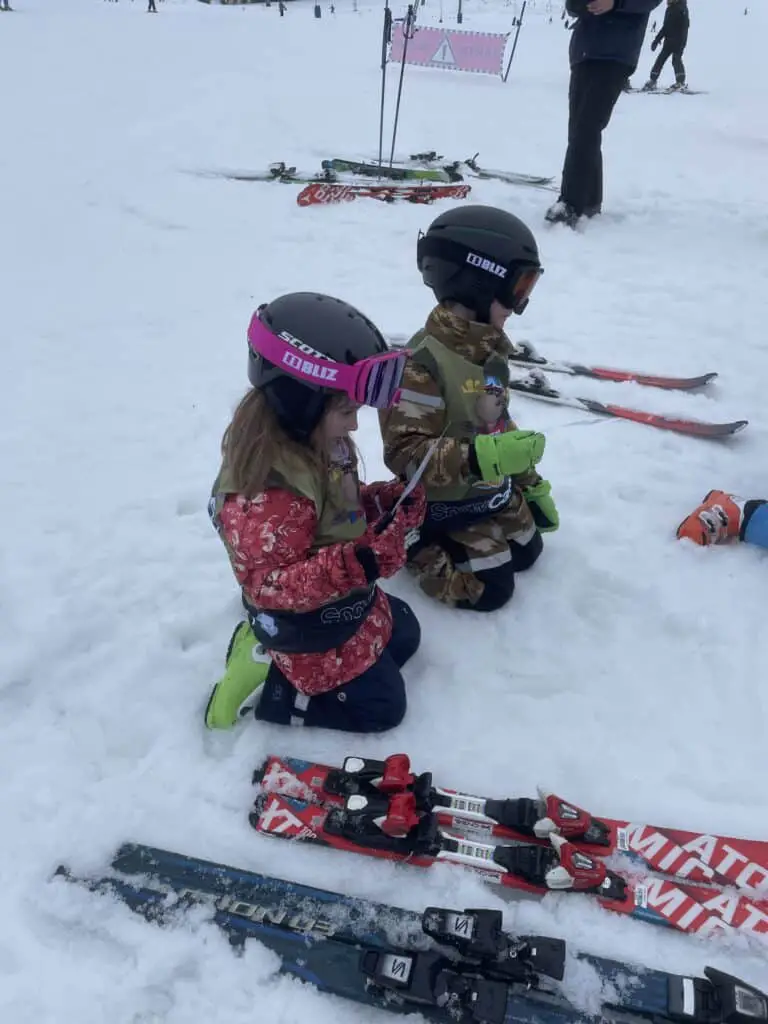
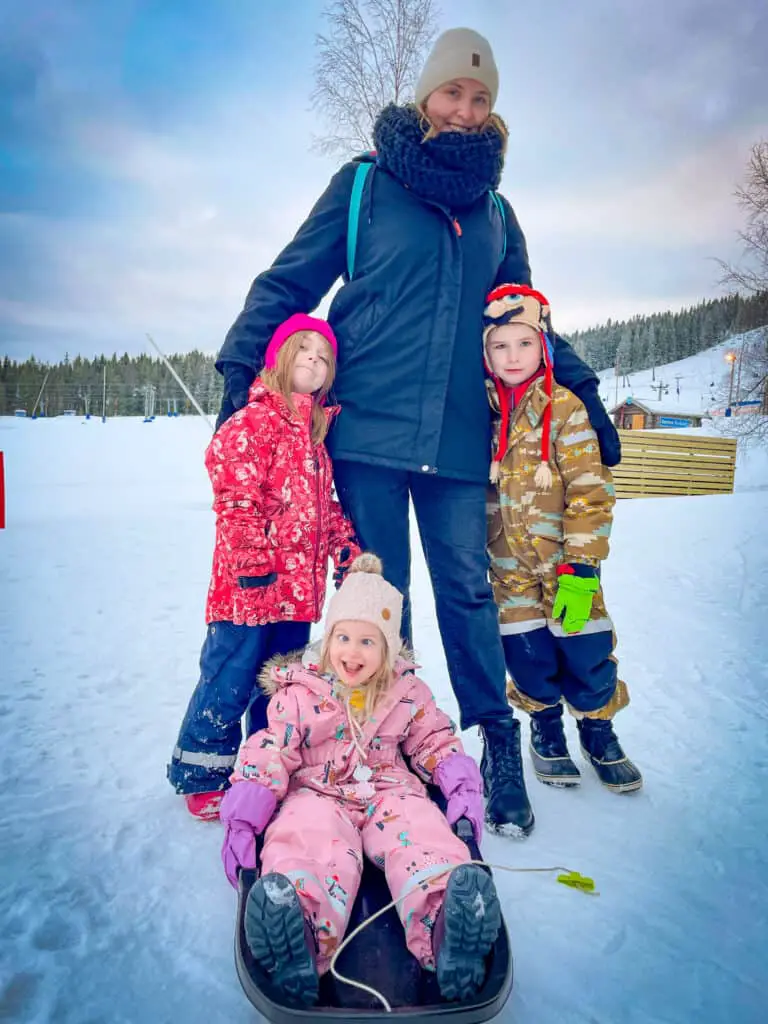
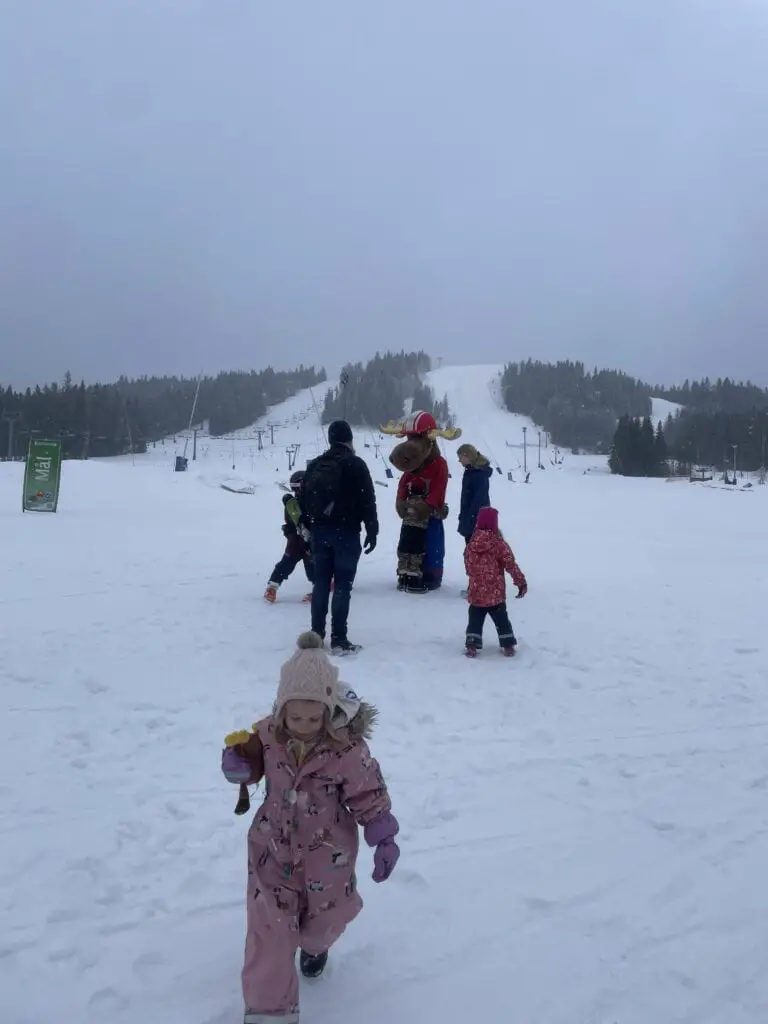
Build Clothing Layers to Stay Warm
The number one most important thing when dressing for Swedish winter is building layers of clothing on your body. Typically, this consists of four to five layers to protect yourself as outlined below. The goal with layering is two-fold:
- to insulate yourself against the extreme cold temperatures, and
- to keep yourself dry from the elements.
If water (think: melted snow) penetrates to your base layers, you risk hypothermia, frost bite, or worse.
|
3.5
|
3.5
|
3.5
|
3.5
|
3.5
|
|
$79.99
|
$15.99
|
$19.99
|
$79.99
|
$74.99
|
How to Build Clothing Layers for Proper Body Insulation
- Start putting on base layers, preferably a wool or wool blend product, for both your top and bottom. Wool is a natural breathable product that is also water-resistant and sweat-wicking, keeping your body dry.
- The next layer will be your normal clothes, like jeans, a long-sleeved shirt, and thick wool socks.
- Building on that layer, should be a sweater with a high neck.
- Finally, you will put on your outerwear which protects you from the elements like snow or rain. the jacket should be lined on the interior and have a watertight exterior, ideally with some wind blocking element like a hood with a fur Edge. You can also add looser-fitting waterproof and insulated pants that go over your normal pants. Of additional importance is a scarf or buff to protect your neck, an insulated hat that covers your ears and forehead, and insulated gloves. Depending on your level of activity outside (like wintersports), you may want to consider wearing a second buff or ski mask to cover your nose and mouth.
- Your boots should be insulated and waterproof. As it is common to come across slippery ice in these conditions, we recommend adding slip-on ice spikes to your shoes as you go outside or buying shoes with these incorporated into the soles [Ingrid’s winter boot recommendation].
- Bring a spare layer in case of accidents. Our rule of thumb is to add an extra layer, like extra gloves or hates. If you are too warm, then remove one. It’s a lot nicer than being truly uncomfortable as your body temperature plummets.
- Wear reflectors and a small battery-operated light to increase visibility in the dark (the sun rises after 9a and sets before 2p at the highest points of winter!). Fortunately, reflective strips or fabric are typically incorporated into children’s clothing at the factory; however, adult clothing may not have this feature. You can pick up both of these items at nearly every store in the winter season.
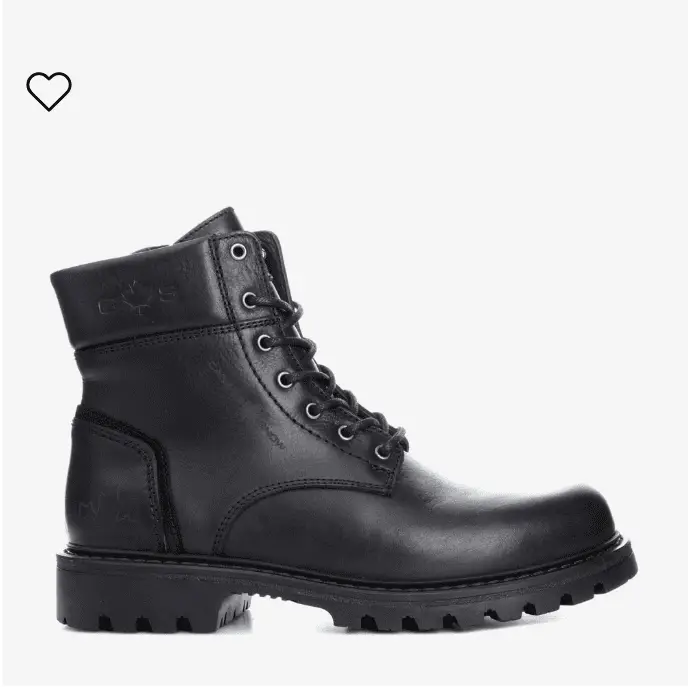
I love these boots with the integrated cleats and wear them daily during the winter season. I find they are best suited to 0 C to -20 C.
- Integrated, reversible ice cleats
- Easy-to-clean leather
- Stylish
- High price
 S A Company Kids' Face Shields UPF 30+, Breathable Multipurpose Neck Gaiters for Boys and Girls (Pack of 5 - Mermaid)
S A Company Kids' Face Shields UPF 30+, Breathable Multipurpose Neck Gaiters for Boys and Girls (Pack of 5 - Mermaid)
 DKNY Baby Boys Snowsuit Hooded Fleece Lined Warm Winter Jumpsuit Zip Snow Pram for Newborns and Infants (0-24M), Size 24M, Olive Green
DKNY Baby Boys Snowsuit Hooded Fleece Lined Warm Winter Jumpsuit Zip Snow Pram for Newborns and Infants (0-24M), Size 24M, Olive Green
 MORENDL Toddler Snow Boots Easy-on Fur Lined Warm Soft Winter Kids Boots with Cute Dinosaur Print Blue 5 US Toddler
MORENDL Toddler Snow Boots Easy-on Fur Lined Warm Soft Winter Kids Boots with Cute Dinosaur Print Blue 5 US Toddler
 Findway Ski Gloves, Warm Waterproof Winter Snow Gloves for Cold Weather, Touchscreen Fingers Breathable Snowboard Gloves for Boys Girls Toddler Outdoor
Findway Ski Gloves, Warm Waterproof Winter Snow Gloves for Cold Weather, Touchscreen Fingers Breathable Snowboard Gloves for Boys Girls Toddler Outdoor
Adjust Clothing and Footwear for Colder Temperatures
Walking to the store at -10 celsius is a totally different activity then walking or ice skating on a frozen lake at -20 celsius. The wind and sun can be especially strong on a landscape of ice, and your footwear may not be rated for standing on solid ice for long periods of time. From personal experience, I realized quickly that I needed additional protection from the cold when walking on our frozen lake in Västerås.
Below is a list of the insulated boots with temperature ratings to help you plan your outdoor winter adventures.
FAQ about Dressing for Swedish Winter
What kind of warm clothes should you use in Swedish winter?
You’ll need to wear several layers of warm clothing during Swedish winter. First, wear wool or wool-blend base layers on your top and bottom and thick socks followed by a long-sleeved shirt and pants. Next, you’ll add a thick sweater with a high neck and accessories like a scarf or buff, hat, and gloves. Your outer layers should include a waterproof jacket and waterproof snowpants followed by low-temperature rated winter boots. If you’re not used to the cold, you may want to bring an extra pair of mittens to go over your gloves and extra pair of socks, in case you need more insulation around your toes.
For young children, we recommend that they wear a one-piece insulated snowsuit rather than a jacket with snow pants. In our experience, it made getting dressed and undressed go significantly faster.
Where do you buy winter clothes in Sweden?
Our favorite stores to shop for winter clothes are Stadium and for winter boots are Scorett. Both of these stores have locations all over Sweden, and offer limited repair services if parts of the purchase are damaged like a zipper going off track or a small tear in a snow suit. Scorett works with brands like Canada Snow and Polar, both of which offer cold temperature ratings on their boots (to as low as -40 celsius).
Conclusion to Dressing for Swedish Winter
I hope my tips for dressing adults and children properly in Swedish winter was helpful. Like I said, learning to dress properly in the northern climate took some learning and adjusting, but it’s totally doable. Certainly, it makes experiencing the beautiful season a lovely time.
If you like this Swedish content, then check out these related blogs:
- Family-friendly Activities in Sandviken, Sweden
- 1-Day Travel Itinerary to Gävle, Sweden
- Tips to Survive the Winter Blues in Sweden
- Cost of Eye Glasses in Sweden
- Cost of Preschool in Sweden
- Canada Snow Noel Kängor (Winter boots) with reversible ice cleats
Disclosure: Some of the links in this article may be affiliate links, which can provide compensation to me at no cost to you if you decide to purchase a paid plan. Thank you, if you do. As an Amazon Associate I earn from qualifying purchases. This site is not intended to provide financial advice and is for entertainment only. Read our affiliate disclosure in our privacy policy.

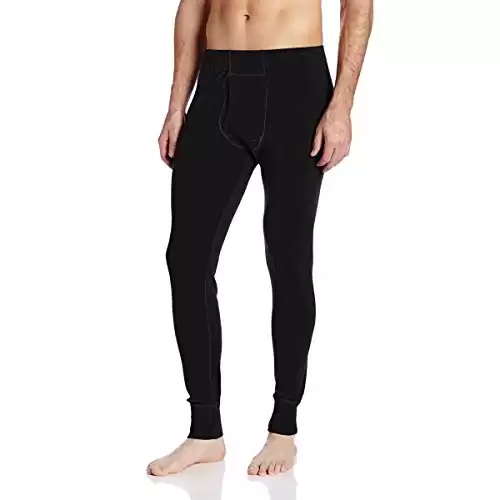
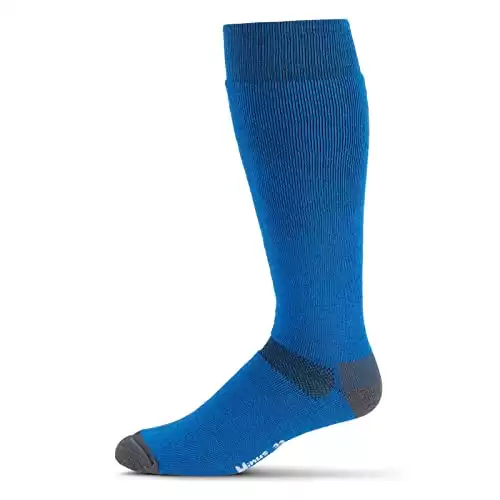
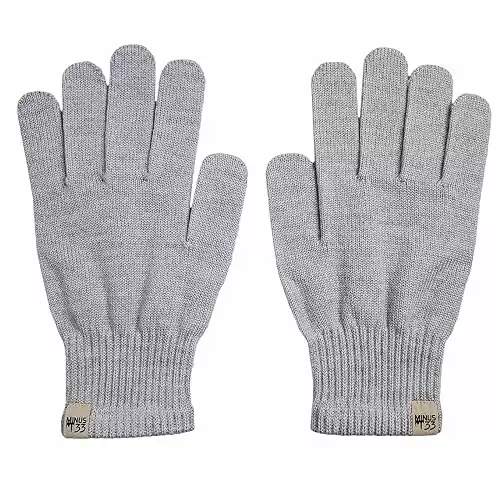
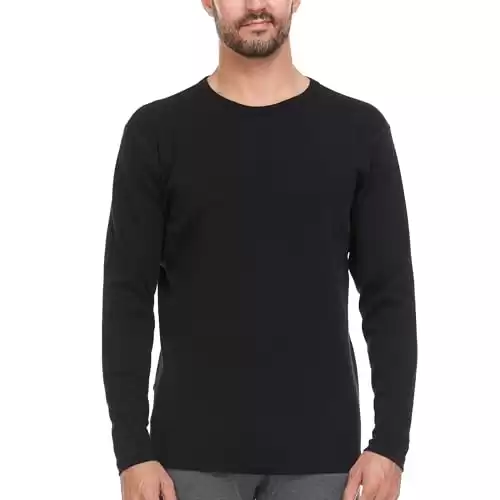
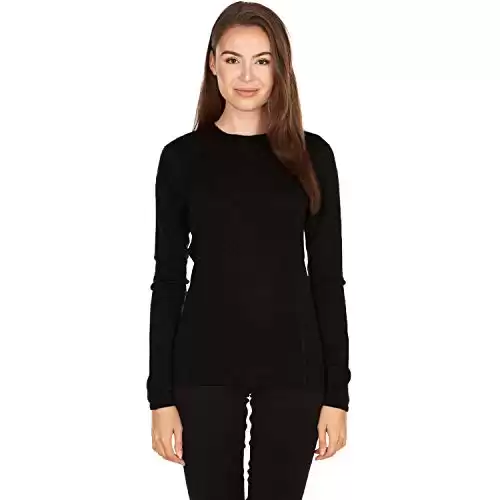



















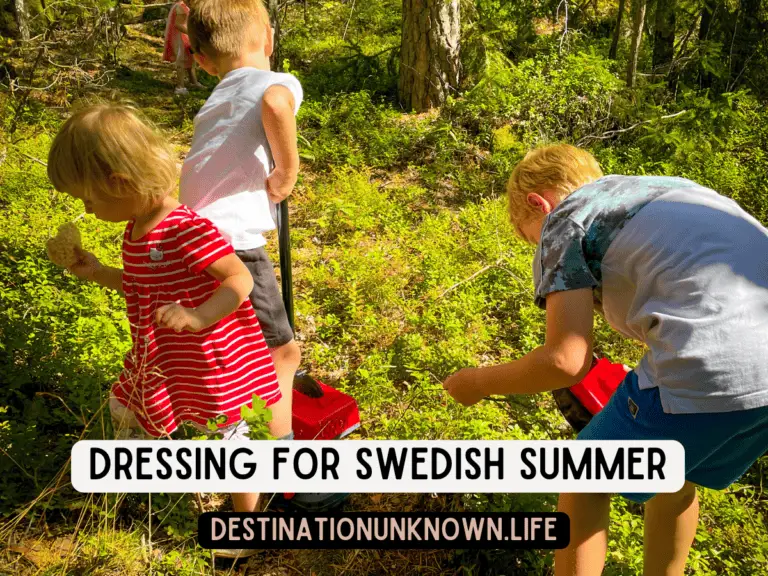
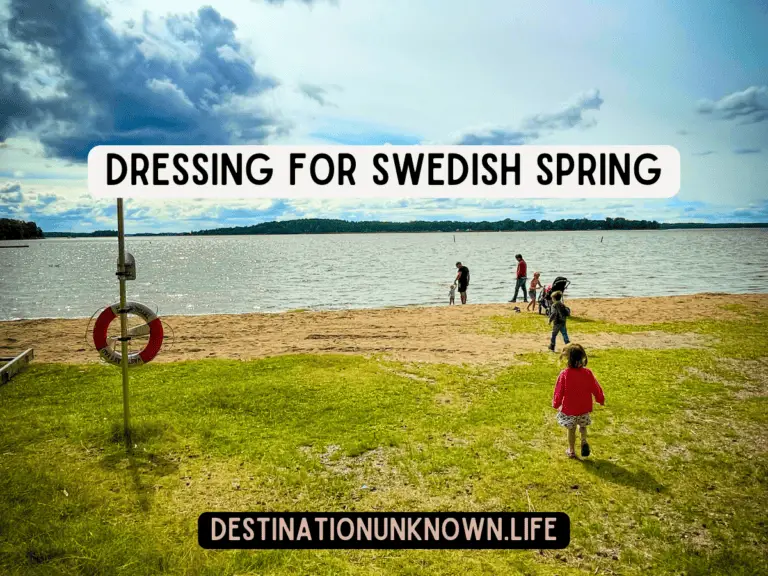
[…] Tips for Dressing for Swedish Winter […]